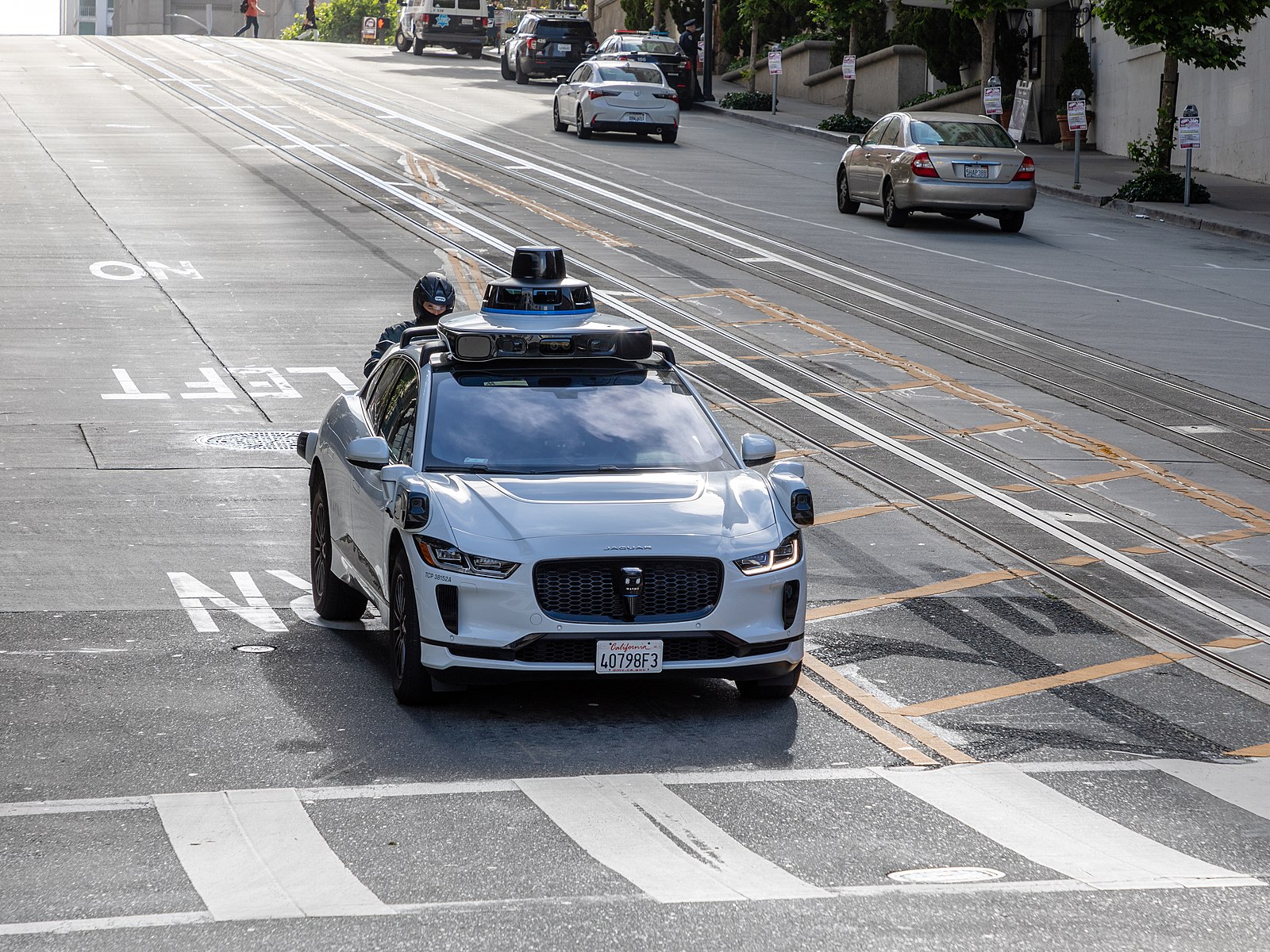General Motors made a media splash this morning by announcing that its Chevy Volt would get 230 miles per gallon in city driving, but the claim quickly began proving little more than a broad estimate.
 The stage for GM's announcement today. (Photo: CNN)
The stage for GM's announcement today. (Photo: CNN)GM based its Volt claim on draft rules from the Environmental Protection Agency (EPA). The agency promptly noted that the 230-mpg estimate -- which does not include less fuel-efficient highway driving -- could not be confirmed in a statement to the AP.
So how did GM obtain its eye-popping number? The plug-in hybrid Volt can travel for 40 miles using electric battery power before switching to a gasoline engine as it recharges. The 230-mpg estimate comes from an assumption that the majority of drivers would travel in the neighborhood of 50 miles per day.
As the distance traveled rises, the Volt's fuel-efficiency would shrink, as CNN points out: a 300-mile trip would get about 62.5 mpg. (Electric high-speed rail in Europe, by contrast, gets upwards of 300 passenger-miles per gallon for trips of a similar distance.)
In an unwitting illustration of the car's uncertain efficiency, the Washington Post's Green blog headlined one post: "The EPA Gives Could Give the Chevy Volt a 230 MPG Rating. What?"
Regardless of its veracity, the 230-mpg claim gives GM the new marketing tool it craves to help boost its prospects of repaying $50 billion in government loans by 2015. Whether Volt sales will begin sales next year as planned, however, remains to be seen.
In a regulatory update filed last week but caught by Bloomberg, GM admitted that the plug-in hybrid technology "has not yet proven to be commercially viable." GM continued:
Our competitors and others are pursuing similartechnologies and other competing technologies, in some caseswith more money available There can be noassurance that they will not acquire similar or superiortechnologies sooner than we do.




